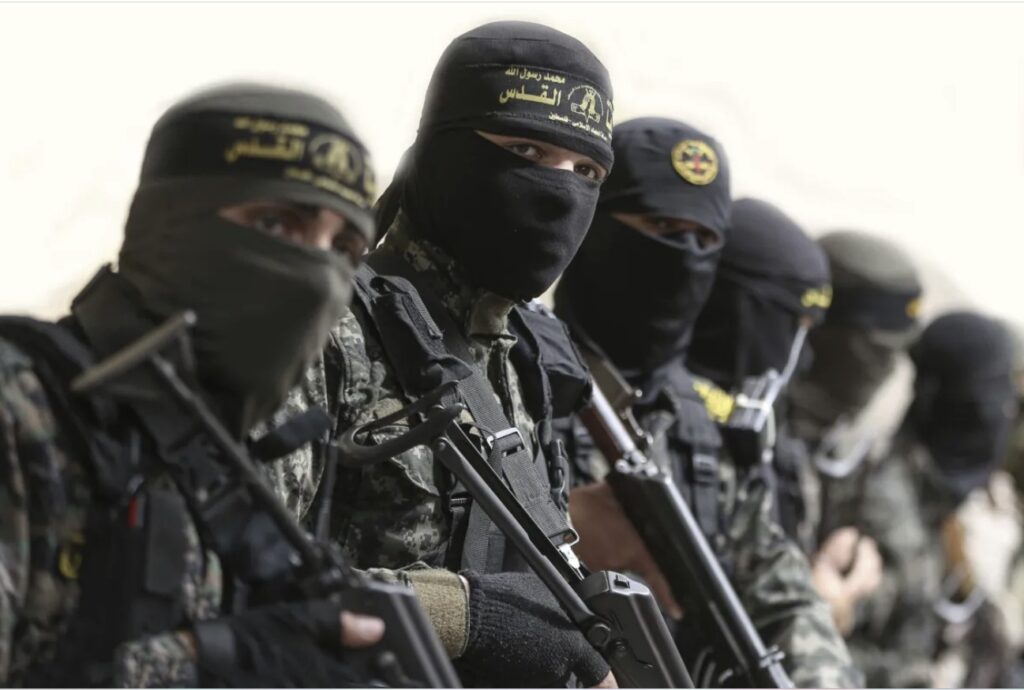Before the influx of Palestinians and the rise of Hezbollah, Lebanon was the wealthiest, most educated, and only Christian-majority country in the Middle East. Today, it stands on the edge of becoming a failed state.
It is a bit of a cliché, but through the 1960s, Lebanon was known as the “Switzerland of the Middle East” and Beirut was celebrated as the “Paris of the Middle East.” It was the region’s banking capital, a hub of education, and a cultural powerhouse. The American University of Beirut (founded in 1866) and Université Saint-Joseph (founded in 1875) were the best universities in the Arab world, drawing students from across the Middle East, Iran, and beyond. With the highest literacy rates in the Arab world, Lebanon was also a center for publishing and research.
Banking and finance thrived under strong, stable currency and bank secrecy laws that attracted deposits from oil-rich Gulf states. Lebanese banks pioneered modern financial practices in the region, cementing Beirut’s reputation as its financial capital.
Culturally, Lebanon was the Arab world’s filmmaking and publishing hub. Most Arabic films, music, and books were produced there. Beirut also hosted the freest press in the Middle East, with newspapers, television, and radio influencing audiences far beyond its borders.
As a natural bridge between Europe and the Arab world, Lebanon dominated regional trade. The Port of Beirut was among the busiest in the eastern Mediterranean, while Lebanese merchants built commercial networks stretching into Africa, the Americas, and the Arab world.
Lebanon’s pluralism was also unique. Christians, Muslims, and minorities coexisted relatively peacefully, and Christians held genuine political power. French, Arabic, and English were widely spoken, adding to its cosmopolitan character. Tourists from conservative Gulf states flocked to Beirut for its casinos, beaches, nightlife, and liberal atmosphere. Its tourism infrastructure was the most advanced in the region, matched by healthcare facilities that attracted patients from across the Middle East for specialized treatment.
Lebanon, as a pluralistic society with Judeo-Christian values, welcomed people from all over the world. Unfortunately, the influx of Palestinian refugees, particularly after the 1967 Arab-Israeli War and later after Black September in Jordan (1970–71), significantly altered Lebanon’s demographic and political balance. The PLO established a strong presence in southern Lebanon and used it as a base for operations against Israel. This created tensions with many Lebanese, particularly Christians, who feared losing their political influence and worried about Israeli retaliation.
After being expelled from Jordan during Black September (1970–71), numerous Palestinian militant groups established bases in Lebanon, turning the country into their primary stronghold.
The core factions of the PLO included Fatah, led by Yasser Arafat, which became dominant in Lebanon after 1971. The Popular Front for the Liberation of Palestine (PFLP), founded in 1967 by George Habash, became notorious for pioneering aircraft hijackings.
Another faction, the Democratic Front for the Liberation of Palestine (DFLP), split from the PFLP in 1969 and carried out the 1970 Avivim school bus massacre and the 1974 Ma’alot massacre. The PFLP–General Command, led by Ahmed Jibril, was responsible for the 1974 Kiryat Shmona massacre and later the Night of the Gliders attack in 1987.
Extremist offshoots soon followed. Black September, a Fatah-linked faction, was behind the Munich Olympics massacre in 1972 and the assassination of Jordan’s Prime Minister Wasfi al-Tel.
The Abu Nidal Organization, founded after a split with the PLO, became one of the most feared transnational terrorist groups from the mid-1970s through the early 1990s. The Palestinian Liberation Front (PLF), particularly the Abu Abbas faction, carried out the 1985 Achille Lauro hijacking.
Lebanon’s refugee camps also became home to groups like Asbat al-Ansar, an Islamist faction tied to Al Qaeda. Together, these organizations created what was described as a “state within a state” in southern Lebanon, using it as a base for attacks on Israel and international targets throughout the 1970s and 1980s. Their activities played a central role in the destabilization that fueled Lebanon’s civil war.
The 1975–1990 civil war in Lebanon was complex, involving multiple factions and shifting alliances. It was not simply a conflict of Christians versus Palestinians and Muslims. While the armed Palestinian presence acted as a catalyst, the war also reflected deeper sectarian tensions and longstanding socioeconomic grievances.
Hezbollah emerged in the 1980s during the Israeli occupation of southern Lebanon, backed by both Iran and Syria. Although Hezbollah and the Palestinian factions shared opposition to Israel, their relationship was complicated—sometimes cooperative, other times competitive. Over time, Hezbollah largely displaced Palestinian military influence in Lebanon, while continuing to offer rhetorical support for the Palestinian cause.
Hezbollah has entrenched itself as a “state within a state” in Lebanon, with a militia larger than the national army, it has repeatedly paralyzed government. Backed by Iran and Syria, the group has repressed minorities and fueled sectarian tensions, particularly targeting Christians through assassinations, intimidation, and the use of their towns as rocket bases, which exposes civilians to Israeli retaliation and has displaced tens of thousands.
As a result of the Palestinian and Hezbollah militants, Lebanon has undergone a dramatic demographic and economic collapse. In the 1960s, Christians made up roughly 50–55% of the population; by 2025, estimates place them at only 30–35%.
Since 2019, the economy has shrunk by 38%, and as of April 2024, Lebanon’s banks are insolvent with more than $72 billion in losses. Inflation peaked at 221.3% in 2023 before dropping to 45.2% in 2024, after years of triple-digit rates. Today, 44% of the population lives in poverty, the country has only one functioning power plant, and the government provides electricity for barely an hour a day.
Meanwhile, liberal protesters across the West openly support Hamas, Hezbollah, Iran, and others whom President Donald Trump rightly opposes.
Read the full article here


